- Travel and CultureCultural Etiquette and Customs
- July 16, 2024
- 2 Comments
- 235
10 Must-Visit UNESCO Heritage Sites of India: Exploring Magnificent Cultural Attractions

1. Taj Mahal, Agra (Focus: Iconic)
The Taj Mahal in Agra stands as an iconic symbol of eternal love ansd also one of the UNESCO World Heritage Sites of India, renowned for its breathtaking beauty and architectural grandeur. Built by Emperor Shah Jahan in memory of his wife Mumtaz Mahal, this white marble mausoleum is a masterpiece of Mughal architecture, featuring intricate carvings and symmetrical gardens. A sunrise or sunset visit provides an ethereal experience, making it a must-visit UNESCO site in India.
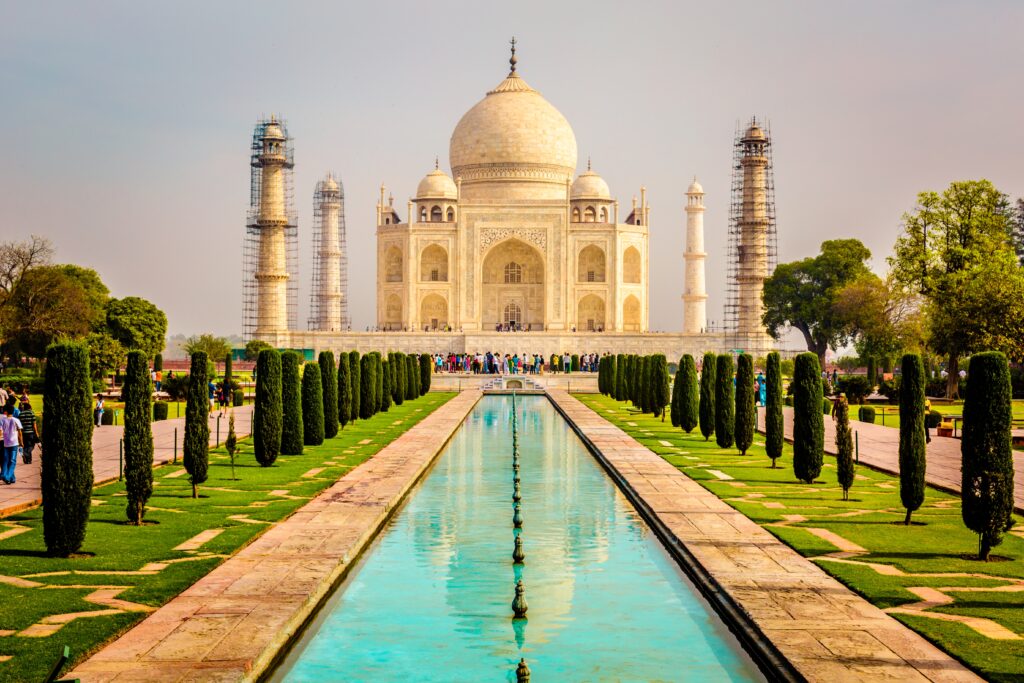
2. Jaipur City, Rajasthan (Focus: Urban)
Jaipur, the capital city of Rajasthan, is a vibrant example of urban planning and architectural brilliance, recognized for its historic forts and palaces.
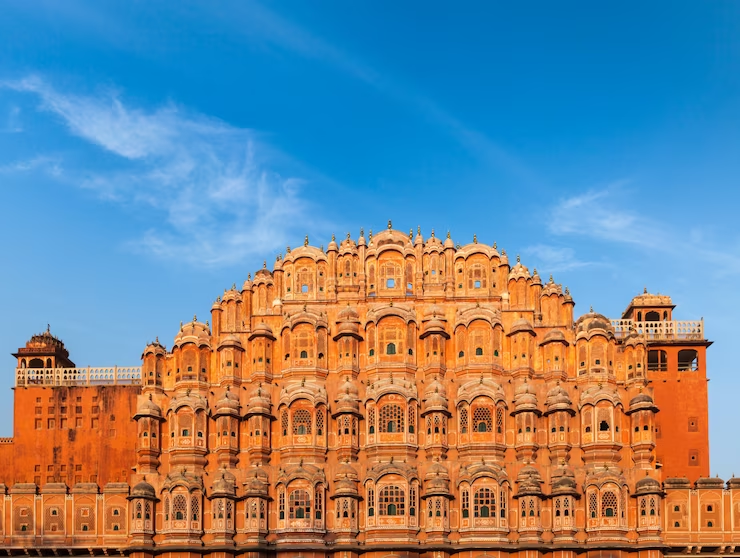
Known as the Pink City due to its distinctive pink sandstone buildings, Jaipur is home to landmarks like the Amber Fort, City Palace, and Hawa Mahal (Palace of Winds). Explore its bustling bazaars and rich cultural heritage that reflect the royal grandeur of the Rajputana rulers.
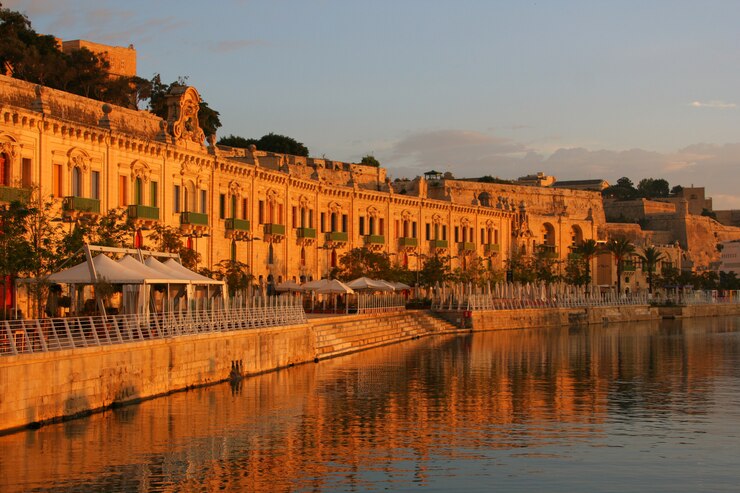
3. Hampi, Karnataka (Focus: Ruins)
Hampi, located in Karnataka, is an archaeological treasure trove showcasing the remnants of the Vijayanagara Empire. Spread over a vast area, Hampi’s ruins include magnificent temples, royal complexes, and ancient market streets. The Virupaksha Temple, Vijaya Vittala Temple with its musical pillars, and the elephant stables are among its highlights, offering a glimpse into South India’s medieval history and artistic prowess.
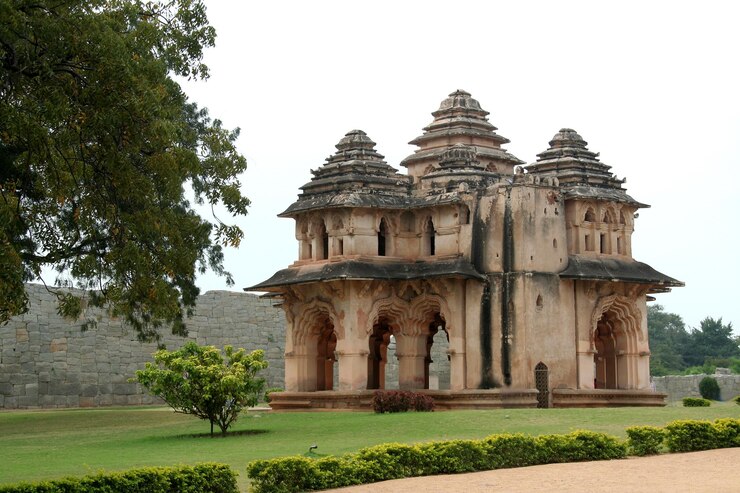
4. Khajuraho Group of Monuments, Madhya Pradesh (Focus: Erotic)
The Khajuraho Group of Monuments in Madhya Pradesh is renowned for its erotic sculptures and intricate temple architecture. Built between the 9th and 11th centuries by the Chandela dynasty, these temples depict various facets of life, spirituality, and physical love. The Western Group of temples, including the Kandariya Mahadeva Temple and Lakshmana Temple, are prime examples of Nagara-style architecture and artistic finesse.
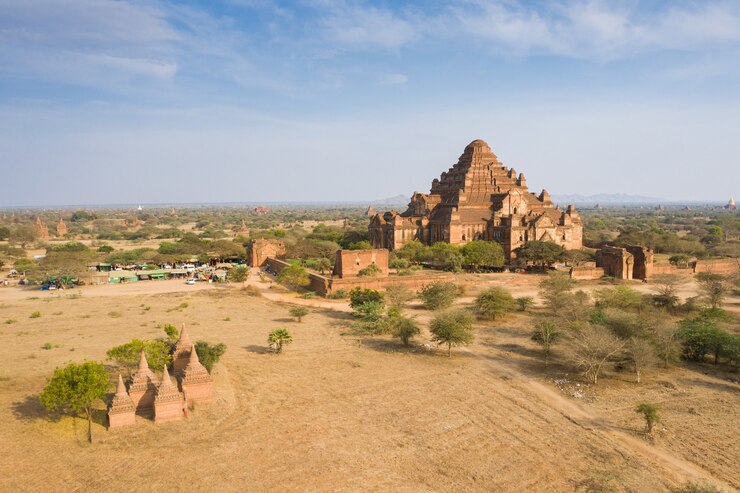
5. Ellora and Ajanta Caves, Maharashtra (Focus: Rock-cut)
The Ellora and Ajanta Caves in Maharashtra are rock-cut wonders showcasing Buddhist, Hindu, and Jain cave temples dating back to ancient times. Ajanta Caves feature exquisite paintings depicting the life of Buddha, while Ellora Caves include the monumental Kailasa Temple, carved from a single rock. These UNESCO sites highlight India’s religious diversity and artistic achievements through intricate cave carvings and paintings.
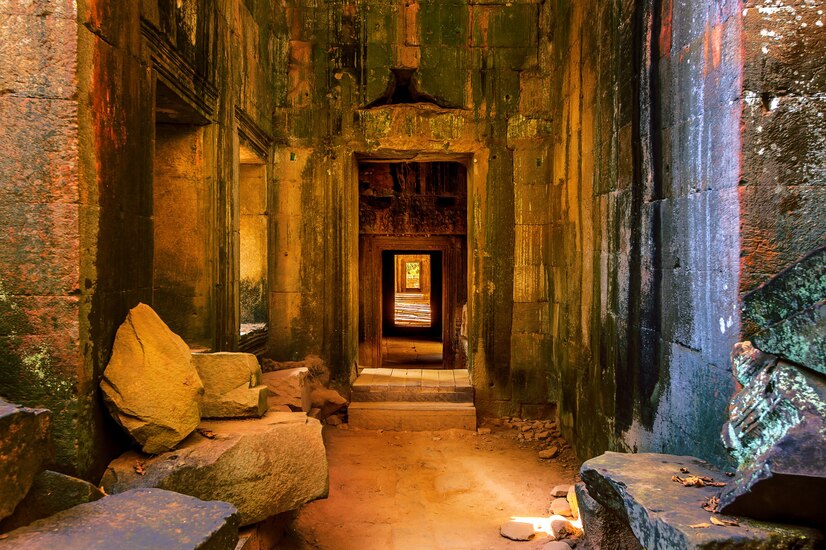
6. Qutub Minar and Red Fort, Delhi (Focus: Islamic)
Delhi, India’s capital, boasts two UNESCO World Heritage Sites: the Qutub Minar and the Red Fort. The Qutub Minar, an Islamic marvel built in the 12th century, stands as the world’s tallest brick minaret. The Red Fort, a Mughal masterpiece, served as the residence of emperors for centuries and is celebrated for its intricate architecture and expansive gardens. These sites reflect Delhi’s rich Islamic and Mughal heritage.
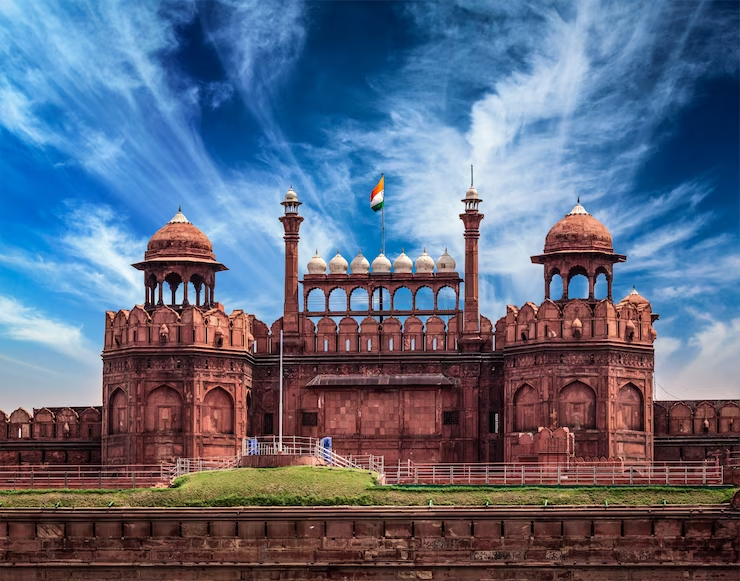
7. Mahabalipuram Group of Monuments, Tamil Nadu (Focus: Maritime)
The Mahabalipuram Group of Monuments in Tamil Nadu showcases maritime influences in South Indian architecture and sculpture. Built by the Pallava dynasty in the 7th and 8th centuries, these monuments include the Shore Temple, Descent of the Ganges, and Arjuna’s Penance, depicting mythological scenes and daily life. Mahabalipuram’s coastal setting adds to its charm, making it a unique UNESCO site in India.
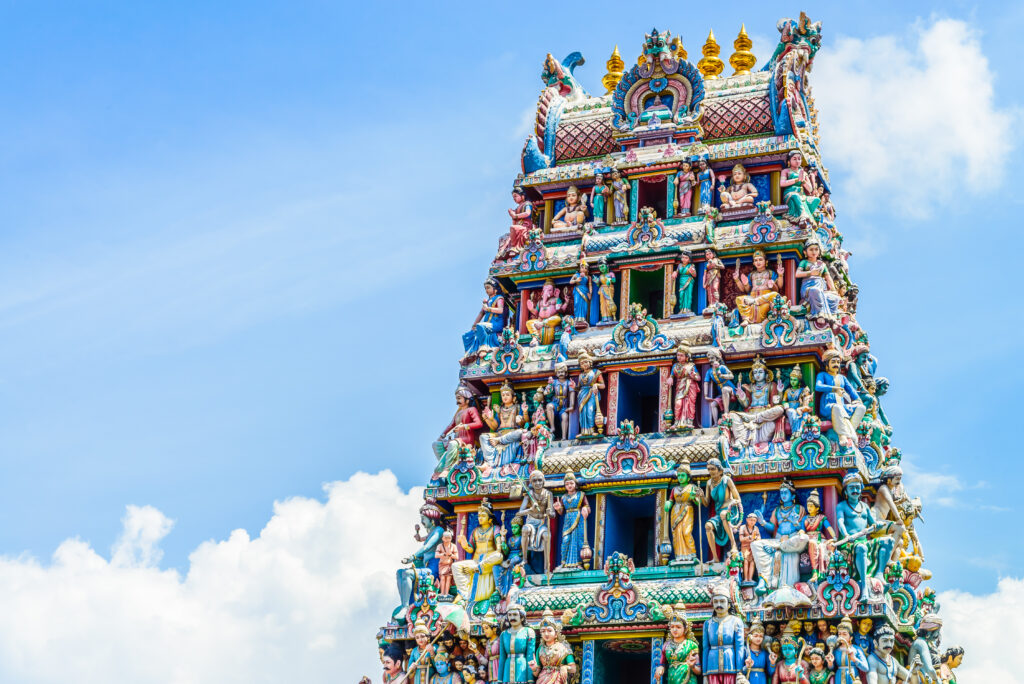
8. Mountain Railways of India (Focus: Transportation)
The Mountain Railways of India include three UNESCO-listed routes: the Darjeeling Himalayan Railway in West Bengal, the Nilgiri Mountain Railway in Tamil Nadu, and the Kalka-Shimla Railway in Himachal Pradesh. These transportation marvels showcase British colonial engineering and provide scenic journeys through picturesque landscapes and hill stations, offering a glimpse into India’s colonial past and natural beauty.

9. Western Ghats, Multiple States (Focus: Biodiversity)
The Western Ghats, a UNESCO Natural World Heritage Site, span multiple states in India and are known for their biodiversity hotspots. These mountain ranges host a variety of flora and fauna, including endemic species. The Nilgiri Biosphere Reserve, Periyar National Park, and Sahyadri Tiger Reserve are among the protected areas within the Western Ghats, offering opportunities for wildlife enthusiasts and nature lovers.

10. Sun Temple, Konark, Odisha (Focus: Sun)
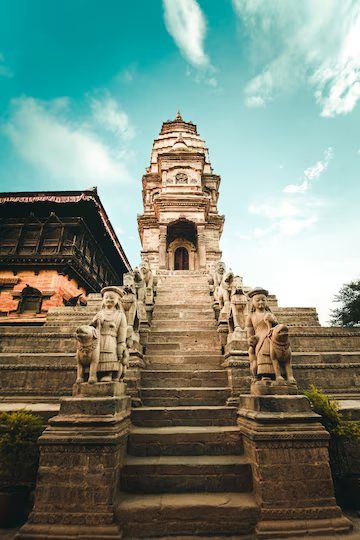
The Sun Temple in Konark, Odisha, is a magnificent example of temple architecture dedicated to the Sun God. Built in the 13th century, this UNESCO site features a colossal chariot-like structure with intricately carved stone wheels, depicting mythical figures and celestial deities. The temple complex’s architectural finesse and solar symbolism make it a must-visit destination in Eastern India.
Conclusion
India’s UNESCO World Heritage Sites offer a kaleidoscope of cultural, historical, and natural wonders that beckon travelers from around the globe. Whether you’re exploring the iconic Taj Mahal, marveling at the rock-cut temples of Ellora and Ajanta, or experiencing the vibrant urban heritage of Jaipur, each site provides a unique window into India’s rich tapestry of traditions and artistic achievements. Plan your journey to these 10 must-visit UNESCO sites in India for 2024, and immerse yourself in the timeless allure of India’s cultural treasures.





2 Comments
[…] and culture but also underscore the importance of preserving and celebrating our global heritage. Exploring these treasured sites allows us to connect with the past, appreciate the present, and inspire future generations to […]
[…] in Himachal Every Island Bliss in the Maldives: New Adventures and Inspired Experiences 10 Must-Visit UNESCO Heritage Sites of India: Exploring Magnificent Cultural 2025 New Year’s Celebration: An International Festival of Happiness and […]